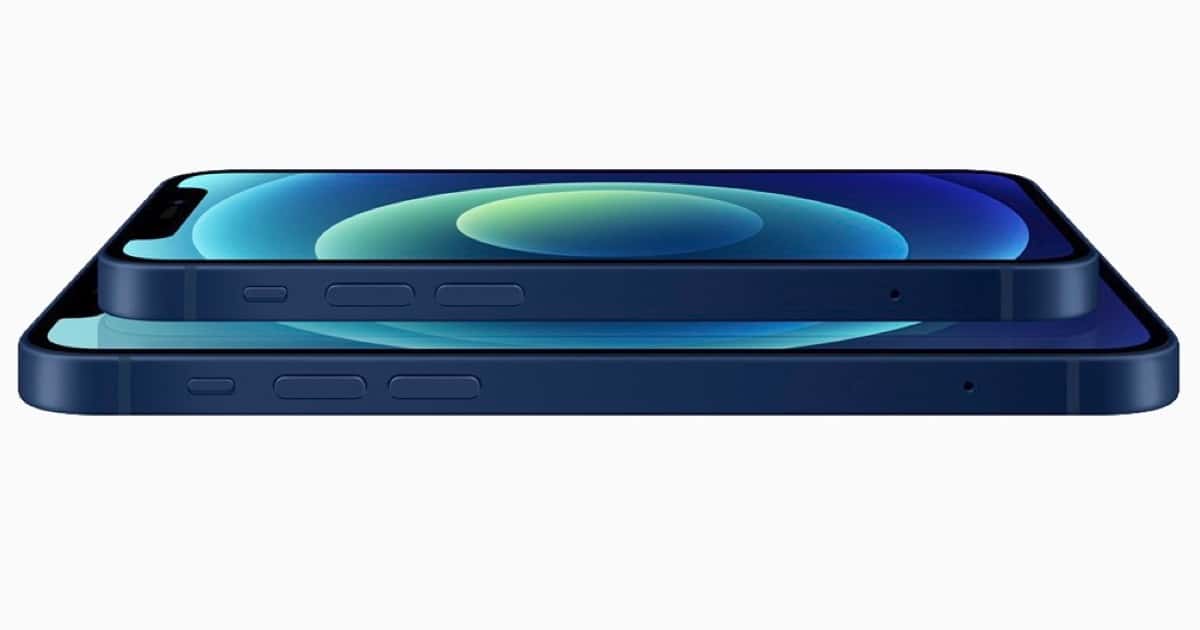All of the new iPhone 12 models have a display that features what Apple calls a Ceramic Shield. Just what is that? Here’s the Ceramic Shield explained.
First, here’s what Apple says:
… a sleek new flat-edge design with an aerospace-grade aluminum enclosure and combined with the Ceramic Shield front cover, which goes beyond glass by adding a new high temperature crystallization step that grows nano-ceramic crystals within the glass matrix, increases drop performance by 4x.
Glassy Eyed
Ever since the iPhone first shipped in 2007, it has had a glass display. The thing to know about glass is that its molecules of Silicon Dioxide are not lined up in any kind of ordered way. Such a substance is called amorphous, without form.
Other substances have their atoms lined up in a 3-D, orderly matrix. Examples include, on a small scale, metals, diamonds, sapphire and ceramics. They have what’s called a crystalline structure. They tend to be very durable.
Glass, while hard is also brittle and shatters fairly easily — as many iPhone owners have discovered. Over time, Apple (and other smartphone makers) have worked with Corning, Inc. to develop stronger, more scratch resistant glass. Now in its seventh generation, it is known as Gorilla Glass. From Wikipedia:
The [Gorilla] glass gains its surface strength, ability to contain flaws, and crack-resistance by being immersed in a proprietary, hot, potassium-salt, ion-exchange bath [during manufacture].
However, despite chemical strengthening, classic Gorilla Glass is still glass and retains its amorphous structure. If only there were a way to give it both the strength of a crystalline structure (as in Apple’s ill-fated adventure with Sapphire) and high transparency.
Ceramics to the Rescue
That is what Corning has been working on. Here’s a short version from Corning’s Ceramic Science page.
Ceramics might be thought of as the close cousin of glass.
The primary difference between glass and ceramics, though, centers on the chemical bonds that hold the internal structure of the material together. Unlike glass, in which atoms are arranged in a random order, linkages in ceramic materials happen when positive and negative ions bond to form a regular pattern of crystals — which, in turn, can scatter the light to which they are exposed. This phenomenon usually results in an opaque material, rather than transparent, although there are examples of transparent ceramics. [Visions cookware, for example.]
Halfway between the two materials is glass-ceramics, which start life as glass and then transform into a nearly completely crystalline, or ceramic, substance. This happens under an intense application of carefully controlled heat and the addition of a nucleating agent — silver or titanium, for example — that forms “seeds” around which crystals can grow.
This looks like Apple’s description of a “high temperature crystallization step” from above.
The challenge has been to develop the Ceramic Shield product in such a way that it has high transparency and other desirable optical properties.
This inclusion of a crystalline matrix within the glass gives it greater strength and shatter resistance by a factor of four. Which is a huge engineering advance. [And at a fraction of the cost of Sapphire.]
And now you know all about the iPhone 12 Ceramic Shield.

John:
Many thanks for that walk-through of the ceramification of Gorilla Glass aka Ceramic Shield. It makes me recall my university undergrad days when one of my professors reviewed all of the present and future applications of ceramics, from the turbine blades of nuclear power plants to prosthetics to everyday appliances, and the imitation of biology to create of ceramic honeycomb matrices to reduce mass whilst preserving strength for novel applications. It left a profound respect and appreciation for the near limitless application of ceramic materials science. This application to address a problem created by the failure to convert on the investment in sapphire for iPhone touch screen is just one more example of the limitless creativity of human genius to problem solve by extending the boundaries of the possible. To quote Spock in Season 2, Episode 11 of Discovery, ‘I love science’.
I’m increasingly inclined to upgrade, despite nothing being ‘wrong’ with my iPhone X.
That’s fascinating. Reminds me of discussions I’ve read about the development of high quality swords, the need to combine strength, hardness and, durability. Thanks.